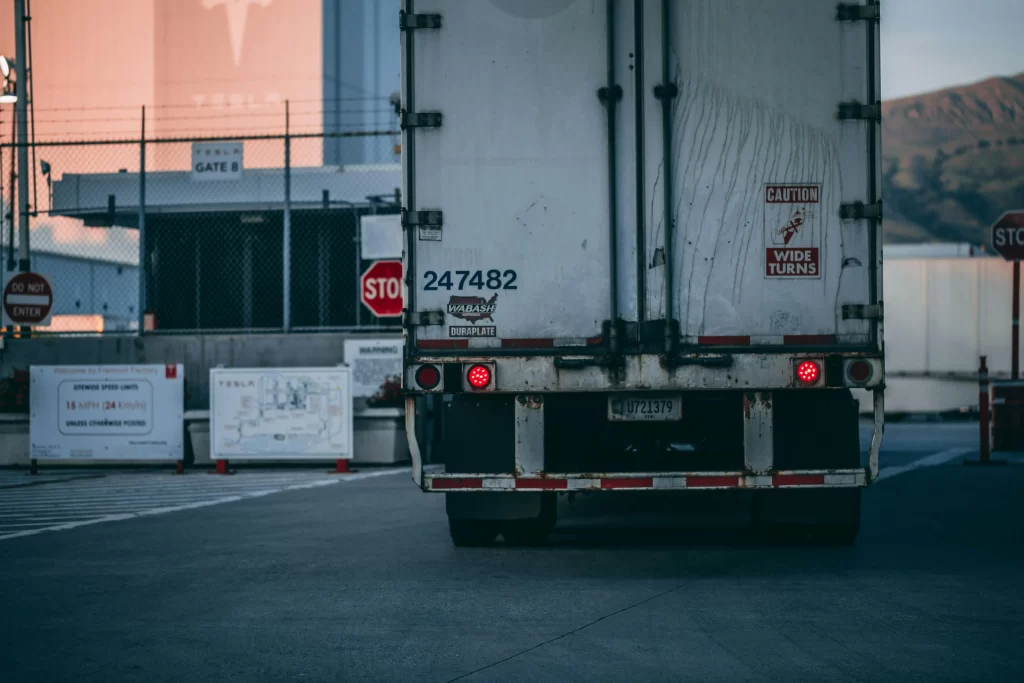In the ever-evolving landscape of global trade, few innovations have had as profound an impact as containerization. Revolutionizing the way goods are transported across borders, containerization has reshaped supply chains, economies, and the very fabric of international commerce. From its humble beginnings to its current status as an indispensable pillar of global trade, let’s delve into the past, present, and future of containerization and its far-reaching implications.
The Past: Origins and Evolution
The story of containerization dates back to the mid-20th century when an American entrepreneur, Malcolm McLean, conceived the idea of transporting goods in standardized containers. Prior to this, cargo handling involved a labor-intensive process of loading and unloading individual items onto ships—a time-consuming and costly endeavor. McLean’s vision was simple yet revolutionary: to streamline this process by using uniform containers that could be easily transferred between different modes of transportation—ships, trucks, and trains—without the need to unpack and repack the cargo.
In 1956, McLean’s concept became a reality when the world’s first container ship, the SS Ideal X, set sail from New Jersey to Texas with 58 metal containers onboard. The voyage marked the beginning of a new era in transportation. Over the following decades, containerization gained traction, gradually replacing traditional break-bulk cargo shipping methods. Ports were modernized, specialized container vessels were built, and standardized container sizes were established, paving the way for more efficient global trade.
The Present: Containerization’s Dominance
Today, containerization reigns supreme as the backbone of global trade, facilitating the movement of goods on an unprecedented scale. Virtually everything we use, from electronics to clothing to automobiles, has likely spent time in a shipping container at some point in its journey from manufacturer to consumer. The statistics speak volumes: over 90% of the world’s goods are transported by container ships, with billions of tons of cargo traversing the seas each year.
One of the key drivers behind containerization’s dominance is its unparalleled efficiency. By standardizing cargo units and optimizing logistics processes, containerization has slashed transportation costs, reduced shipping times, and minimized the risk of damage or theft. Moreover, the scalability of containerized shipping allows businesses to adapt quickly to fluctuating demand, enabling just-in-time delivery and lean inventory management practices.
Furthermore, containerization has facilitated the globalization of production networks, enabling companies to source materials and labor from around the world to achieve cost savings and economies of scale. This interconnectedness has spurred economic growth, lifted millions out of poverty, and fostered cultural exchange on a global scale.
The Future: Challenges and Opportunities
As we look to the future, containerization faces a myriad of challenges and opportunities in an increasingly complex and interconnected world. Climate change, cybersecurity threats, geopolitical tensions, and shifts in consumer behavior are just a few of the factors that will shape the trajectory of global trade in the years to come.
On the environmental front, the maritime industry is under pressure to reduce its carbon footprint and adopt sustainable practices to mitigate the impacts of climate change. Innovations such as alternative fuels, renewable energy sources, and eco-friendly shipping technologies are being explored to make containerized shipping more environmentally friendly and socially responsible.
Moreover, the rise of digital technologies and data analytics is revolutionizing the way goods are tracked, monitored, and managed throughout the supply chain. Blockchain, Internet of Things (IoT) devices, and artificial intelligence (AI) are enabling real-time visibility, predictive maintenance, and smart logistics solutions, enhancing efficiency, transparency, and security in containerized shipping operations.
In addition, geopolitical shifts and trade tensions are reshaping global supply chains, prompting businesses to diversify their sourcing strategies and rethink their risk management practices. The ongoing COVID-19 pandemic has exposed vulnerabilities in the existing supply chain model, leading to disruptions in production, distribution, and procurement processes. As a result, resilience, agility, and adaptability have become paramount for businesses seeking to navigate an uncertain and volatile operating environment.
In conclusion, containerization has been a game-changer for global trade, revolutionizing the way goods are transported, distributed, and consumed around the world. From its humble beginnings to its current status as a cornerstone of modern commerce, containerization has reshaped supply chains, economies, and societies in profound ways.
As we stand on the cusp of a new era in global trade, the future of containerization holds both challenges and opportunities. By embracing sustainability, innovation, and collaboration, we can build a more resilient, efficient, and inclusive global trade ecosystem that benefits businesses, consumers, and the planet alike.
At Blue Rosario Cargo, we are committed to driving positive change and delivering value to our customers through our comprehensive range of container solutions and logistics services. Whether you’re a multinational corporation or a small business looking to expand your global footprint, we invite you to partner with us and experience the transformative power of containerization firsthand. Together, let’s shape the future of global trade and embark on a journey of growth, prosperity, and sustainability.
Contact us today to learn more about our container solutions and how we can help you optimize your supply chain for success in the digital age. Let’s embark on a journey of innovation, efficiency, and sustainability together. Blue Rosario Cargo: Your partner in navigating the complexities of global trade.

